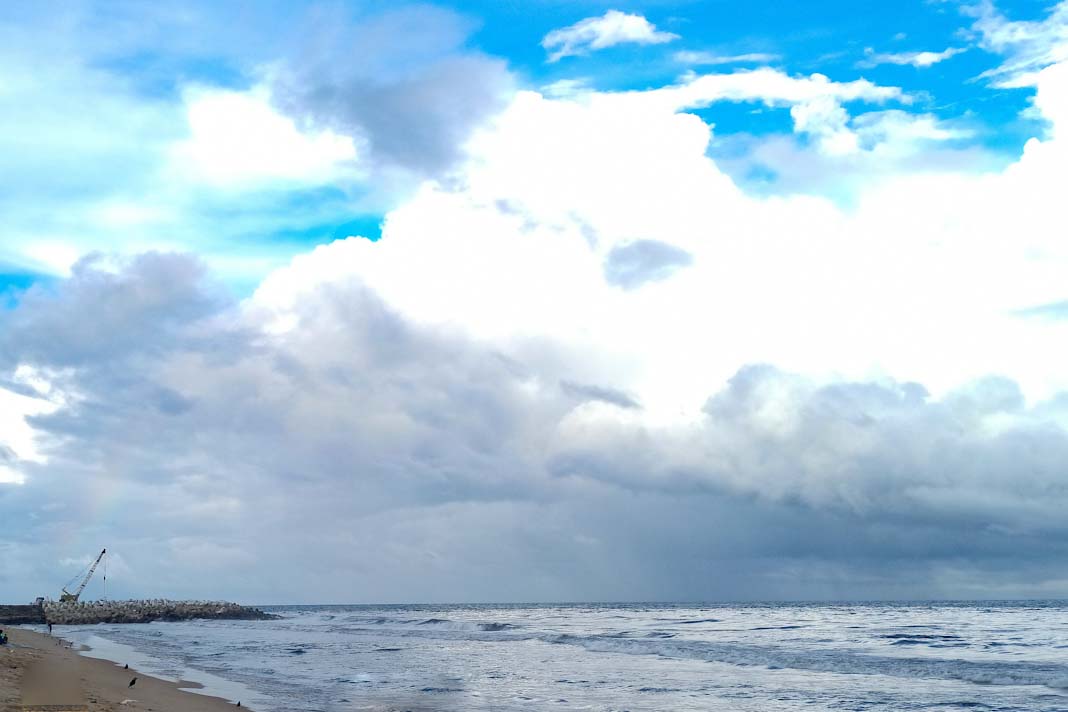
- The dry bulk market showed resilience in Q3 2025, supported by strong commodity flows and firm demand across vessel segments.
- Capesize vessels led earnings growth, reflecting China’s surging bauxite imports and shifting trade patterns.
- Coal and iron ore imports remained stable or softened, while the market outlook remains positive amid global demand uncertainties.
The dry bulk sector demonstrated notable resilience in Q3 2025, supported by robust commodity flows and steady demand across all key vessel segments. Spot earnings increased across the board, with most vessel classes posting their highest quarterly averages in over a year.
Capesize vessels led the market with an average of $24,223/day, marking the strongest quarterly performance since Q3 2024. Kamsarmaxes averaged $15,888/day, their best since Q2 2024, while Ultramaxes recorded $16,930/day and Handysize vessels achieved $12,818/day—both reflecting their strongest levels since Q3 2024. These gains were driven by healthier Atlantic trade, stronger transpacific demand, and robust cargo flows from China, particularly in bauxite and iron ore.
China’s Bauxite Imports and Trade Patterns
Data from the Signal Ocean Platform shows that China imported 165.4 million tonnes of bauxite since the start of 2025—a 26% year-on-year increase. This volume nearly matches full-year imports from 2023 and is just 9% below 2024 totals. September recorded 17.4 million tonnes, the largest monthly intake since June 2025, up 14% from August.
Guinea remained the dominant supplier, providing 131.45 million tonnes (73.7% of total imports), surpassing its full-year exports of 2024 by 6%. In contrast, Australia’s supply declined by 26% year-on-year to 33.38 million tonnes, reflecting weaker shipments and changing Chinese procurement strategies.
Capesize Dominance and Vessel Performance
Capesize vessels carried 70.9% of China’s bauxite imports in 2025, up from 62.1% in 2024, highlighting their increasing market share. Supramax vessels also saw a rise from 3% to 3.7% (+23%). Meanwhile, VLOCs fell from 9.4% to 6.2% (-34%), Panamax and Handysize classes each declined by roughly one-third, and Post-Panamax tonnage dropped 22% to 13.3%. The growing reliance on Capesize vessels underscores their strategic role in China’s bulk commodity flows and supports their stronger earnings.
China’s Coal and Iron Ore Imports
China’s coal imports decreased to 276.1 million tonnes in 2025, down 14% year-on-year. Indonesia remained the top supplier at 140.53 million tonnes (50.9%), 16% lower than in 2024, while Australia shipped 53.87 million tonnes (19.5% share), reflecting a softer trade environment.Iron ore imports remained broadly stable at 919.3 million tonnes. Australia supplied 573.57 million tonnes, a minor decline of 0.8%, while Brazil increased exports by 4% to 207.74 million tonnes. These shifts highlight China’s diversification of sources while maintaining high overall import levels.
Outlook and Market Trends
The combination of resilient iron ore demand, growing bauxite flows, and changing coal trade patterns provided a supportive backdrop for dry bulk earnings in Q3 2025. Capesize vessels’ dominance in bauxite trade and steady ore volumes point to continued strength for larger segments. With all vessel classes achieving their strongest quarterly averages in over a year, the dry bulk market enters Q4 2025 with positive momentum, despite uncertainties related to energy imports and global demand trends.
Did you subscribe to our daily Newsletter?
It’s Free Click here to Subscribe!
Source: safety4sea

















